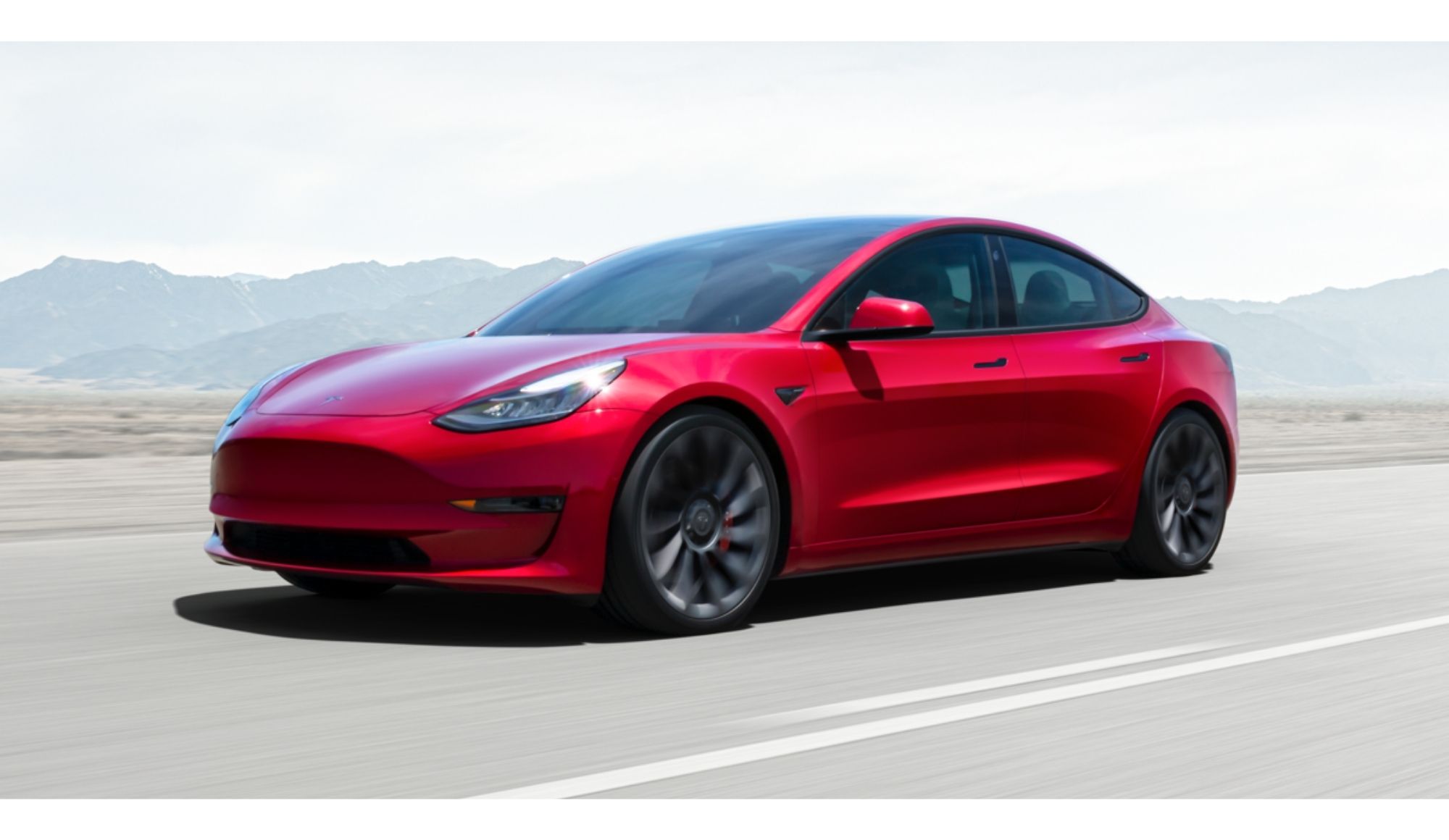Will Tesla Be a $10 Trillion Company?
In late March 2022, Tesla, an American electric vehicle and clean energy company, announced that the company would push for another stock split, its second split in less than two years. Analysts see this announcement as a massive bullish indicator for Tesla if history is a precedent.
The prior time Tesla announced a big stock split was in August 2020. Over the following six months, Tesla share price increased by 184% — which created a ripple effect throughout the EV sector and the market more generally.
So, what’s ahead for Tesla in the coming years? Could this EV giant become a $10 trillion company?
An inside Look at Tesla Stock
Like many stocks, Tesla (NASDAQ: TSLA) suffered a sharp dip at the beginning of 2022. But a closer look shows signs of significant outperformance.
By the end of Q1, Tesla had increased by nearly 57% year over year and by more than 1,692% over the past five years. The company’s share price has risen enormously since it debuted in 2010 at just $22 per share. In March alone, the share price rose by almost 30%.
In 2020, Tesla stock produced a 720% return, creating a community of Tesla fanatics, many of whom follow Elon Musk’s Twitter feed religiously.
Could Tesla Become a $10 Trillion Company?
In October 2021, Tesla joined a very exclusive club. The EV car maker attained a $1 trillion market capitalization, which was previously only achieved by tech giants like Apple, Amazon, Microsoft, and Alphabet.
This impressive feat followed a deal with Hertz valued at approximately $4 billion. Although Tesla’s sales and earnings are far lower than other trillion-dollar companies, the EV maker is worth more than every other global carmaker combined.
Why is Tesla worth so much and could it reach a $10 trillion market cap?
Tim Davies, Director of Research at Holon Global Investments, thinks so. He published an insightful report, Tesla – On the road to a US$10 trillion company and beyond. This report aimed to answer the question, has Tesla’s share price reached its peak — or is it just getting started?
For twelve months before the release of this report, Holon conducted a study into Tesla’s potential, focusing on a 30-year global demand model to estimate the transition from internal combustion engine vehicles (ICE) to electric vehicles (EV). Of course, Tesla has the first-mover advantage in the EV industry and offers a manufacturing advantage. By 2050, the company could be selling 206 million vehicles per year.
Holon concluded that Tesla would be one of the largest global companies, offering potentially outstanding returns for long-term investors over the next three decades. Of course, the takeaway is patient investors will be rewarded. And that’s not easy for Tesla shareholders, who are regularly bucked off the Tesla rodeo as price volatility skyrockets. For the patient investor, handsome rewards could still await, even if the first trillion dollars of market capitalization were missed.
The Shift to Electric Vehicles
As governments move to reduce greenhouse gas emissions, they will likely ban Internal Combustion Engines (ICE) vehicles. The banning of these vehicles could come as early as 2030-35 across Europe, resulting in an EV sales boom.
Japan also recently announced that the country plans to achieve 100% electric passenger car sales by the mid-2030s. Tesla is currently positioned to capture 25% of EV sales in the coming decade, with few companies having the product range or financial strength to challenge Tesla.
That said, there is currently massive competition heading into this space. To become truly dominant, Tesla would need to outperform several well-established companies in the industry, including Ford (F), General Motors (GM), Fiat Chrysler Automobiles, and Volkswagen (VWAGY). And there are credible rumors the hardware manufacturing king of all, Apple (AAPL) will enter the fray within the next few years.
One thing is certain — from reduced air pollution to rising gas prices, the EV industry is positioned to dominate in the decade ahead. Tesla is likely to hold the top spot for many years to come. Indeed on the software front, it is reputed to be half a decade ahead of its closest rivals.
Should You Buy Tesla Stock?
If you had invested $100,000 in Tesla two years ago, your investment would now be worth around $1.2 million today. This past growth has left many investors wondering if they’re too late.
Although this EV stock may not generate the 10-bagger returns short-term that investors have enjoyed over the past two years, it is positioned to generate attractive returns long-term.
If you were never interested in Tesla, the company’s latest stock split announcement isn’t reason enough to buy shares. Many analysts still view Tesla as overvalued. However, there is much more to Tesla than bears may wish to admit when sizing it up against traditional car manufacturers. It has a lead in key aspects of the industry: supply chain logistics, software and scale.
If you have had your eye on Tesla, now might be the time to add this stock to your portfolio, especially as a long-term investor. There is little doubt that Tesla is here to stay, but it may be best to start dollar cost averaging with the market’s recent uncertainty. You can clip onto the Tesla bandwagon without breaking the bank, waiting to see how the market turns.



